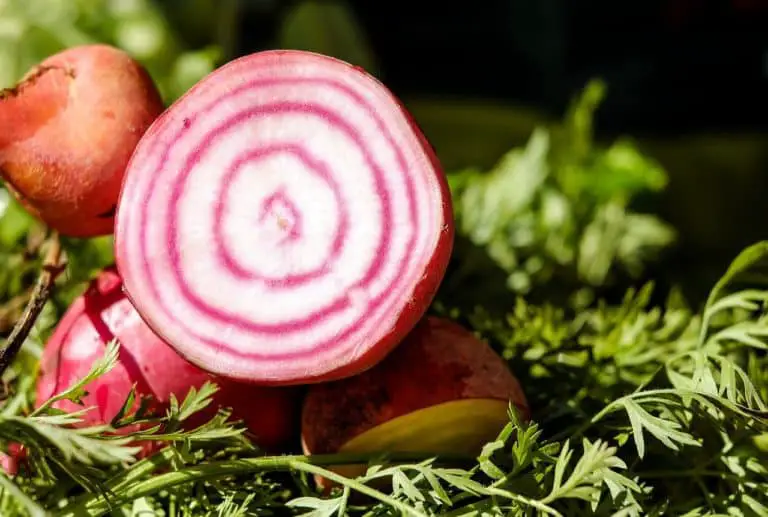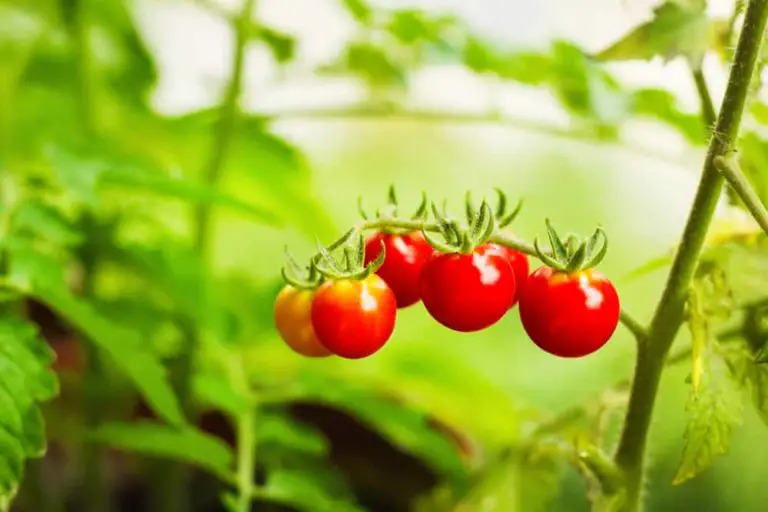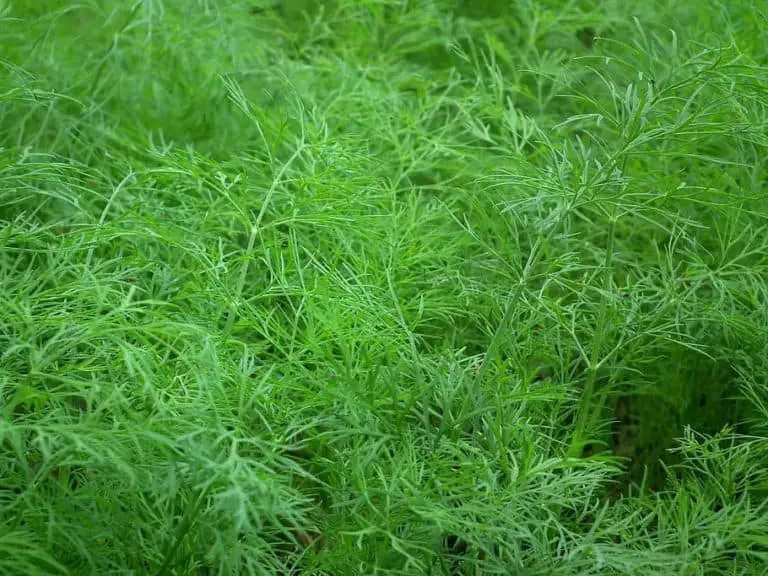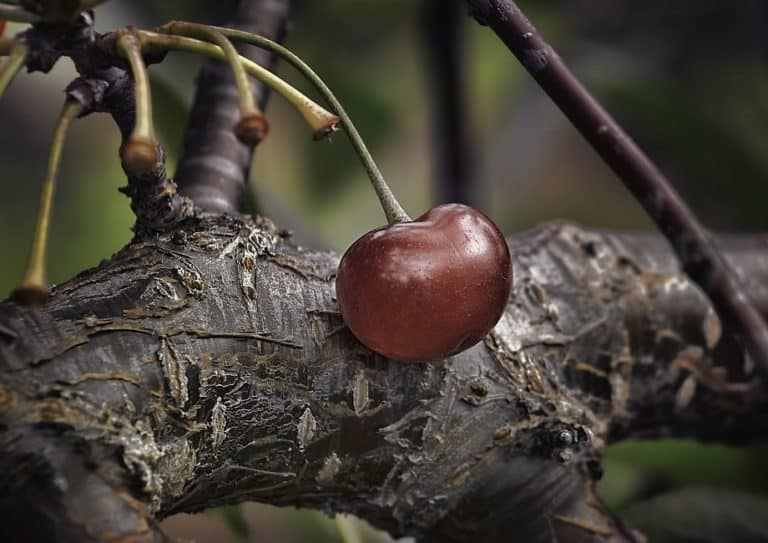How Fast Does a Sunflower Grow? (Tips to Accelerate Growth)
Just **70 to 100 days** and a sunflower becomes fully grown. Dive in and discover cool secrets about this **beautiful plant** and tips to grow it in your garden.
Contents
Growing sunflowers
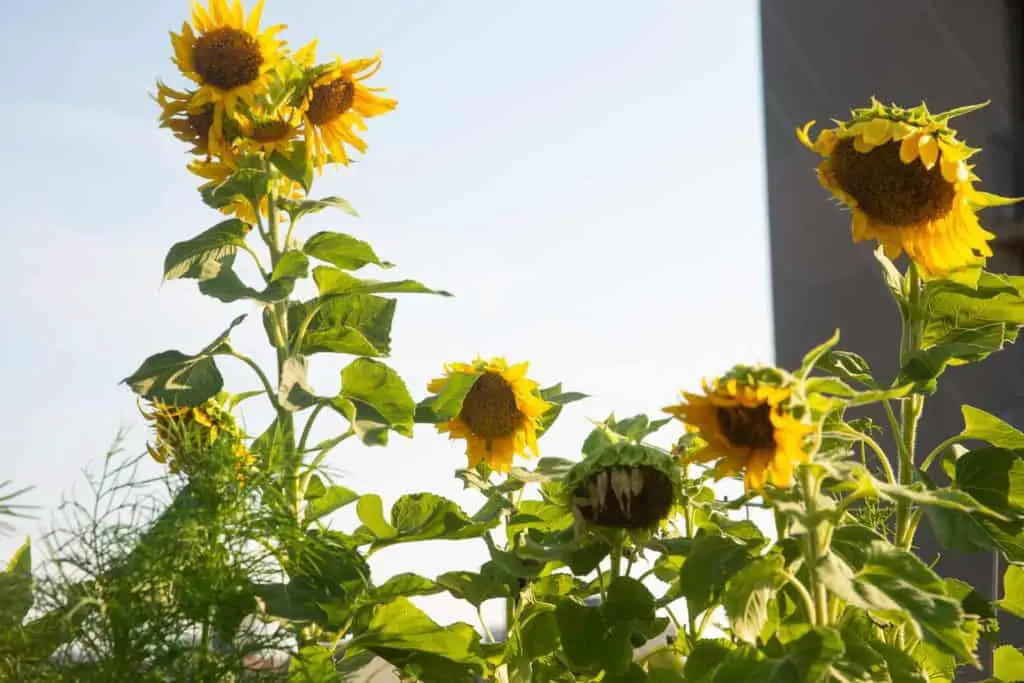
Growing sunflowers is a relatively easy process, providing you keep them free from pests when young. Once matured, they are easy to maintain as they grow quickly and flourish well in the heat. As well as looking attractive, they are a good flower to plant with children.
Sunflowers (Helianthus annuuss) are a firm floral favorite for both adults and children. When we see sunflowers, they make us feel happy. But why is this? Maybe it’s something to do with their abnormal height, or perhaps their brightly colored petals remind us of the warm sun.
There are over 70 different species that make up a family of annual and perennial flowering plants. They belong to the ‘Asteraceae’ family which shares a connection with daisies.
Let’s take a look at the stages of sunflower growth.
Stage 1 – Planting your sunflower seeds
Sow the seed in an area where there is enough soil. This can either be in a planter of its own or in the ground. Be sure to rid this area of any weeds and using preventative measures such as eggshells, coffee, and copper wire will help repel any garden pests from chomping on the leaves and stem.
How fast do sunflowers grow in a week?
The answer: Step 2 – The germination process.
Within 2 to 10 days, you will start to see the beginning stages of sunflower growth. This will appear as a small shoot emerging through the soil searching for sunlight. The germination process occurs when the weather becomes hotter and drier, between mid-April and late May.
Stage 3 – Development
The sunflower will grow rapidly over the next 10-35 days, taking nutrients from the soil and gaining energy from photosynthesis. In this phase, you will notice your sunflower starting to grow taller and leaves will appear.
Stage 4 – Budding phase
After around 35 days, it won’t be long until you notice your sunflower has grown its very first bud. This is an exciting moment and soon enough, the tiny seedling you planted will have flowered for the very first time!
Stage 5 – Blooming phase
This is the most exciting part of the journey and you can enjoy your fully grown sunflower for the next few weeks. Be sure to carry on weeding around your sunflower to prevent an infestation of unwanted pests.
Regrowth of a sunflower
After your sunflower has been in full bloom for a few weeks, you will start to notice the petals dropping off. Eventually, the seedlings from the face of your flower will then naturally disperse onto the soil below and the whole process starts again!
Where can I grow sunflowers?
You can grow a sunflower anywhere you wish, as long as you provide them with the essentials: food, water, and sunlight.
If planting indoors, make sure they are placed in direct sunlight and have a big enough planter to grow in. Planting a sunflower seed in a cell tray can stunt their growth as they do not have adequate room to grow. Growing indoors also puts a limit on the height of your sunflower. The tallest sunflower always wins!
The seeds can be sowed directly into the soil outdoors, making sure they are planted about an inch beneath the earth.
Are sunflowers easy to grow?
Yes. If planted in the correct environment with the essential elements that all plants need, sunflowers are one of the easiest flowers to grow.
This laid-back garden favorite is not fussy and will flourish when growing in nutrient-rich soil with plenty of sunlight.
As stated in the name, sunflowers love the sun and flower well if they can get around 6 to 8 hours of sunshine a day.
Soil that is rich in nutrients will help their growth as they are known to feed heavily. The area should also be well-drained as too much water will damage the roots along with the plant itself.
Common bugs and diseases
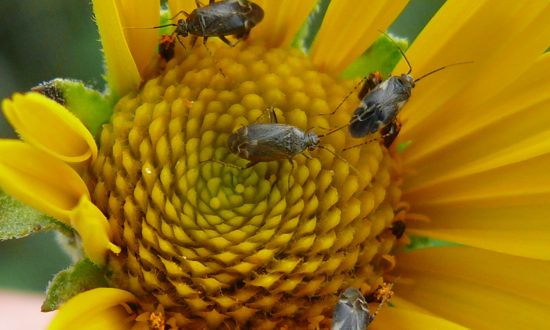
Slugs
These slimy, sunflower snackers attack in the germination period when the plant is young. They feast on the leaves and stems which can stop the plant from growing at all. Prevent slugs from approaching your sunflower by laying eggshells and coffee on the soil.
Sunflower moth
The larvae of these insects feed on the pollen, seeds, and flower head tissues which can cause infections that rot the flower heads. These nocturnal pests can be found resting under the foliage during the light hours, so be quick to remove them while they are drowsy.
Neem oil is a popular insecticide that uses natural ingredients and is better for your sunflowers than other toxic brands that are available.
Weevils
These odd-looking creatures look more like ant-eaters than insects! Weevils cause irreparable damage and will literally decapitate a sunflower. They do this by eating around the stem of the flower head causing devastating effects. Their distinctive-looking bite marks are hard to miss and resemble missing puzzle pieces.
Again, neem oil works well in banishing unsightly weevils. You can also remove them yourself by giving your sunflower a shake until they fall off. At around 9mm long, they are easy to see, so be vigilant and patrol your plant daily to keep them at bay.
Phoma blight
This fungal disease grows in the soil and makes its appearance as small brown spots on the leaves. Over time, these spots become larger in size and eventually the leaves die.
Phoma blight thrives in wet and cool conditions, spreading quickly through plants. Your sunflower is likely to be damaged by phoma blight if it has been planted in an area with poor drainage and nutrient-poor soil.
To prevent a spread from happening, be sure there is adequate drainage. Nutrient-dense soil suppresses disease in plants, so be sure your beds are supplied with generous amounts.
Removing any wilted/diseased areas from on and around the sunflower will prevent a further spread.
Downy mildew
Similar to powdery mildew, this fungal disease appears as a fuzzy white substance on the leaves. It survives in moist, cool areas of the garden where growing conditions for plants are deemed poor.
Conditions stressful to plants include areas with poor drainage where flowers have been planted too closely. Plants that are consistently over-watered have a slim chance of survival.
Regrowth of a sunflower
After your sunflower has been in full bloom for a few weeks, you will start to notice the petals dropping off. Eventually, the seedlings from the face of your flower will then naturally disperse onto the soil below and the whole process starts again.
10 fun facts about sunflowers

The sunflower is symbolic to many and is seen as a sign of happiness, optimism, and luck.
They are heliotropic and follow the movement of the sun.
The tallest sunflower ever recorded was grown by Hans-Peter Schiffer in Germany. This measured in at a whopping 30 ft 1 inch!
Sunflowers are able to pollinate themselves.
The face of a sunflower contains up to 2000 small individual flowers.
They are a natural soil decontaminator and were used to clean up soil in world disasters such as Fukushima and Chernobyl.
Native to North America, sunflowers were first grown over 4500 years ago and were transported to Spain around the year 1500.
One of the most famous paintings in the world is a vase of sunflowers which was painted by Van Gogh.
There are over 60 varieties of sunflower, the most common being the yellow-headed annuss.
The sunflower is one of only a handful of plants to have the word ‘flower’ in its name.
Sunflower products
The sunflower has been used to create a variety of products such as sunflower oils and spreads.
Sunflower tea
This can be consumed for medicinal purposes or simply as an enjoyable, hot beverage. The tea is made using the leaves, petals, or seeds and creates a herbal drink that has been known to help with a variety of ailments.
Sunflower oil
Containing several vitamins, sunflower oil can be used for cooking as well as moisturizing the skin. Loaded in vitamins A, B, and E, this natural oil is known to lower cholesterol and promote heart health. It is commonly used as a moisturizer and provides a barrier on the skin against bacteria.
Sunflower seeds
Eating sunflower seeds provides the body with an array of health benefits. They are known to improve bone health and cholesterol, lower blood sugar levels and prevent inflammation. They are a great source of magnesium and taste nice too!
Sunflower spread
Sunflower spread is a good source of protein and contains amino acids which are excellent for growing children. Rich in antioxidants, this tasty butter may help reduce inflammation on joints and promotes bone health.
Growing sunflowers can be a fun, family activity. These fast-growing flowers are a hit with children and can be cut down to make a gorgeous center piece for inside the home. Who knew that planting this garden favorite could have so many benefits.

